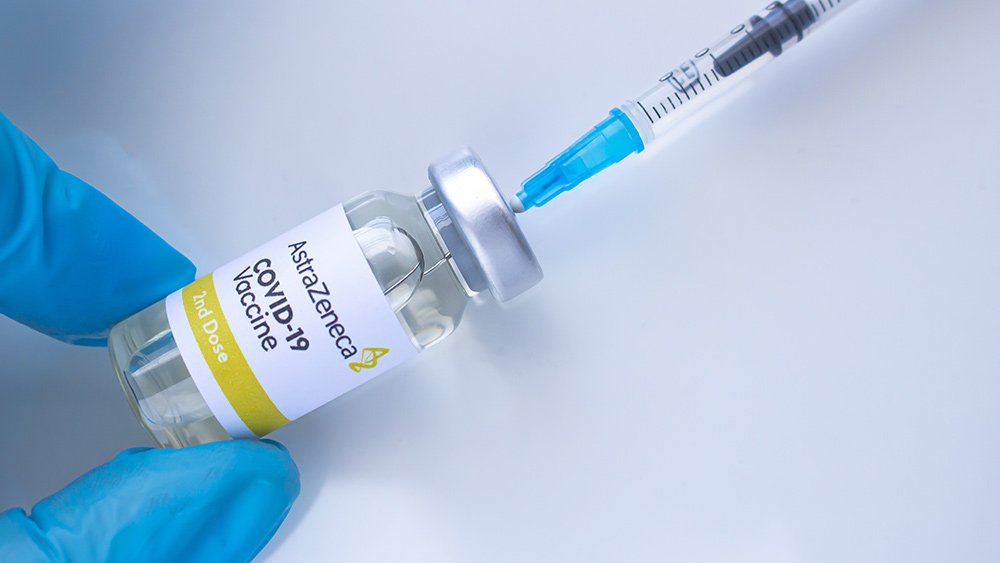Making Herbal Medicines
by Michele Cooper, Survival Blog:

Herbs are powerful medicine. Do not think for one minute that all herbs are harmless. Herbs can also interact with any medicines you are taking, making them stronger or counteracting some of their properties, so research them well if you are taking any meds.
Herbal Preparations
I will go over various preparations for herbal medicines, which can be made into various forms, including an infusion, decoction, syrup, pill, capsule, and more. I will provide general instruction for each of these below.
Infusion (Tea)
Probably the easiest method to prepare herbal medicine is an infusion, more commonly known as tea. However, for an herbal infusion, it is better to allow the tea to steep for five or more minutes.
To Make Herbal Infusion
To make an herbal infusion, add boiling water to your herbs, cover with a small plate, and allow it to sit for 5-10 minutes. Add sugar or honey, if desired, and drink.
You can make your teas by placing a teaspoon or more of the herb or herbs you want to use into your cup or in a tea strainer. For tea you want to take throughout the day, make it in a teapot. Consume promptly.
Pre-Made Medicinal Herbal Teas
There are also many really good pre-made medicinal herbal teas, which are exceptional medicines, on the market. I personally recommend Yogi brand Breathe Deep for head and chest congestion and asthma. The stuff is amazing, helping with congestion, coughing, and just general breathing. It helps my asthma significantly. It has a slightly sweet, black licorice taste that my husband loves. Licorice is used in many herbal teas, as licorice is one of the top ten most useful herbs but also because it helps the other herbs to work together in harmony, and it covers the taste of many very useful herbs that taste very nasty (like elecampane root, which is a very strong decongestant and expectorant but tastes terrible).
Decoction
A decoction is a little stronger than infusion but takes longer, as the material is simmered or boiled for a period of time, depending on the herb; roots or woody parts take a lot longer than do softer materials.
Making a Decoction
To make a decoction, place the herbs in a (preferably) non-metallic pan, add water, bring to a boil, then cover, and turn the heat down to gently simmer for 15-20 minutes or longer. To make syrup, you can strain out the herb and add sugar or honey to taste.
Both infusions and decoctions are meant to be used immediately or stored for very short periods of time (a day or two at most) in the refrigerator.
Syrups
Syrups can be made easily from either an infusion or decoction by adding two parts sugar or honey. Remember: Do not feed honey to an infant under one year of age, due to the possibility of infant botulism.
Tinctures
For longer storage and more potent extracts, you can make tinctures. Tinctures can be made with alcohol, which is usually the kind most people think of and is usually the strongest, glycerin, or even vinegar.
To Make a Tincture With Alcohol or Apple Cider Vinegar
To make a tincture with alcohol, fill a glass jar 1/3 to ½ full of dried herb or ¾ full of fresh herb and add 80–100 proof alcohol to cover the herbs, or filling up the jar. The alcohol can be your choice– vodka, brandy, or rum. A vinegar tincture is made the same way, only adding apple cider vinegar instead of alcohol.
Lobelia is one herb that must be made with vinegar instead of alcohol. BTW, lobelia is such an amazing herb; it is the only one that gets its own chapter in The School of Natural Healing by Dr. Christopher.
To make your tincture, place your jar of herb and solvent (alcohol or vinegar) in a cool dark place for 6-8 weeks, shaking daily. You may then strain out the herbs and discard them (into your compost pile) and store liquid in air-tight bottles (capped bottles or jars).
Label Tinctures
Make sure you label your tinctures with the herb (or herbs used), the date of your tincture, and the correct doses to use. Tinctures are powerful, concentrated doses of herbs, so the usual dosage is 10 or 20 drops up to one teaspoon, dissolved in a glass of water, tea, or juice. Read the label on purchased tinctures to determine how much you should take daily. Tinctures have a very long shelf life, years.
Alcohol Concerns
Alcohol tinctures can have some or most of the alcohol removed by adding it to hot tea. For those who do not wish to use alcohol or for small children (although note, children would be taking doses of 2-10 drops, unlikely to cause drunkenness), most tinctures can also be made with pure vegetable glycerin, which is slightly sweet. However, glycerin tincture is often about half the strength of an alcohol tincture.
To Make a Glycerin Tincture
To make a glycerin tincture, pour 3 cups (750 ml) of vegetable glycerin into a ceramic pan that can be used on a stove top. Add 1 cup (250 g) of finely ground dried herbs and 1 cup (250 ml) of water into the glycerin. Bring the mixture to a rolling boil, and then lower the heat so the mixture will simmer gently. Let the liquid reduce by half, and remove the pan from the heat and allow to cool slightly. Pour the boiled mixture into a glass container and cover it tightly. Leave the container to sit for three weeks, shaking the container thoroughly once a day. Strain the liquid to remove all of the herbs and store in a (preferably) dark glass container on a shelf or in the fridge.
Make Tinctures of Individual Ingredients
Preferably, make your tinctures of individual ingredients and mix tinctures in small amounts to make your combinations. That way you can use a tincture for more than one purpose, as many herbs are useful for many different types of ailments.
Syrup From a Tincture
To make syrup from a tincture, heat it a little and add sugar to taste. Remember Mary Poppins (very wise woman) said, “Just a spoonful of sugar makes the medicine go down.” You can also make syrup from just the herb, water, and sugar or honey, but that is for short-term use and must be stored in the refrigerator.
Using a Nasty-Tasting Herb
If you have a very nasty-tasting herb, combine it with another complimentary strong-tasting herb to help disguise the flavor. Licorice is a good one, as is peppermint, and both herbs lend their own wonderful qualities. Anyone with high blood pressure should be careful with licorice, as it can cause a temporary elevation of blood pressure.
Loading...



